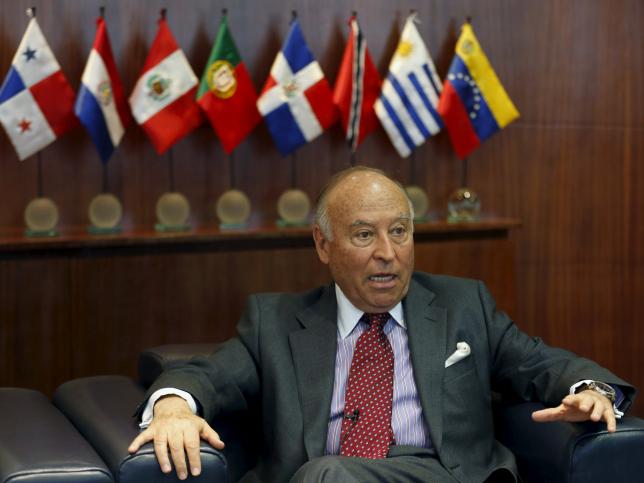
Latin America development bank CAF eyes presence in Cuba
The Development Bank of Latin America (CAF) aims to be the first multilateral lender present in Cuba, its executive president said on Thursday, as the communist-run island seeks foreign investment amid a diplomatic opening to the United States.
Buzz around Cuba has grown since U.S. President Barack Obama and Cuban President Raul Castro in December announced an agreement to re-establish the ties severed some 54 years ago and work toward normalizing relations.
CAF, a major lender to Latin American infrastructure and development projects, is among many companies, law firms and other organizations hoping to set up an office in Havana.
“The idea is that Cuba can be a member of CAF,” Enrique Garcia said in an interview in his Caracas office, adding he was already in talks with the government.
“We hope this can happen relatively quickly. I don’t mean next month, but there’s a pretty clear understanding,” the Bolivian economist said. “We’re very optimistic.”
Unlike other regional financial institutions, such as the Inter-American Development Bank, CAF does not require member countries to be part of the Organization of American States, which Cuba has been out of since 1962.
Still, before joining CAF, Havana would have to adapt to a series of norms and regulations, such as declassifying information on its reserves and opening up its accounting books, analysts said.
Meanwhile, CAF will work with Cuba in reaching cooperation agreements and, shouldCuba be keen, providing recommendations for unifying its dual exchange rates, the U.S.-educated Garcia said.
“We’re not the sort of institution that arrives in countries and tells them what is the magic recipe. We respect differences.”
Low latam growth
CAF, which last year reported assets worth $30.5 billion, comprises 17 Latin American and Caribbean countries, as well as Spain, Portugal and 14 private regional banks.
Its main shareholders are Bolivia, Colombia, Ecuador, Peru, Venezuela, Argentina, Brazil, Uruguay, Panama and Paraguay.
After a years-long boom, Latin America’s economy has been slowing down as China’s demand for commodities eases, from Argentine soy to Chilean copper.
The region will grow a paltry 1.3 percent this year, Garcia predicted, stressing that the slowdown should push countries to rethink their commodities-driven economic models.
CAF usually lends most money during crises, Garcia added. Asked whether it could extend funds for infrastructure or development projects to Venezuela, which is reeling from a recession and oil price slump and facing expensive credit, he said, “Of course.”
(From: Reuters)


